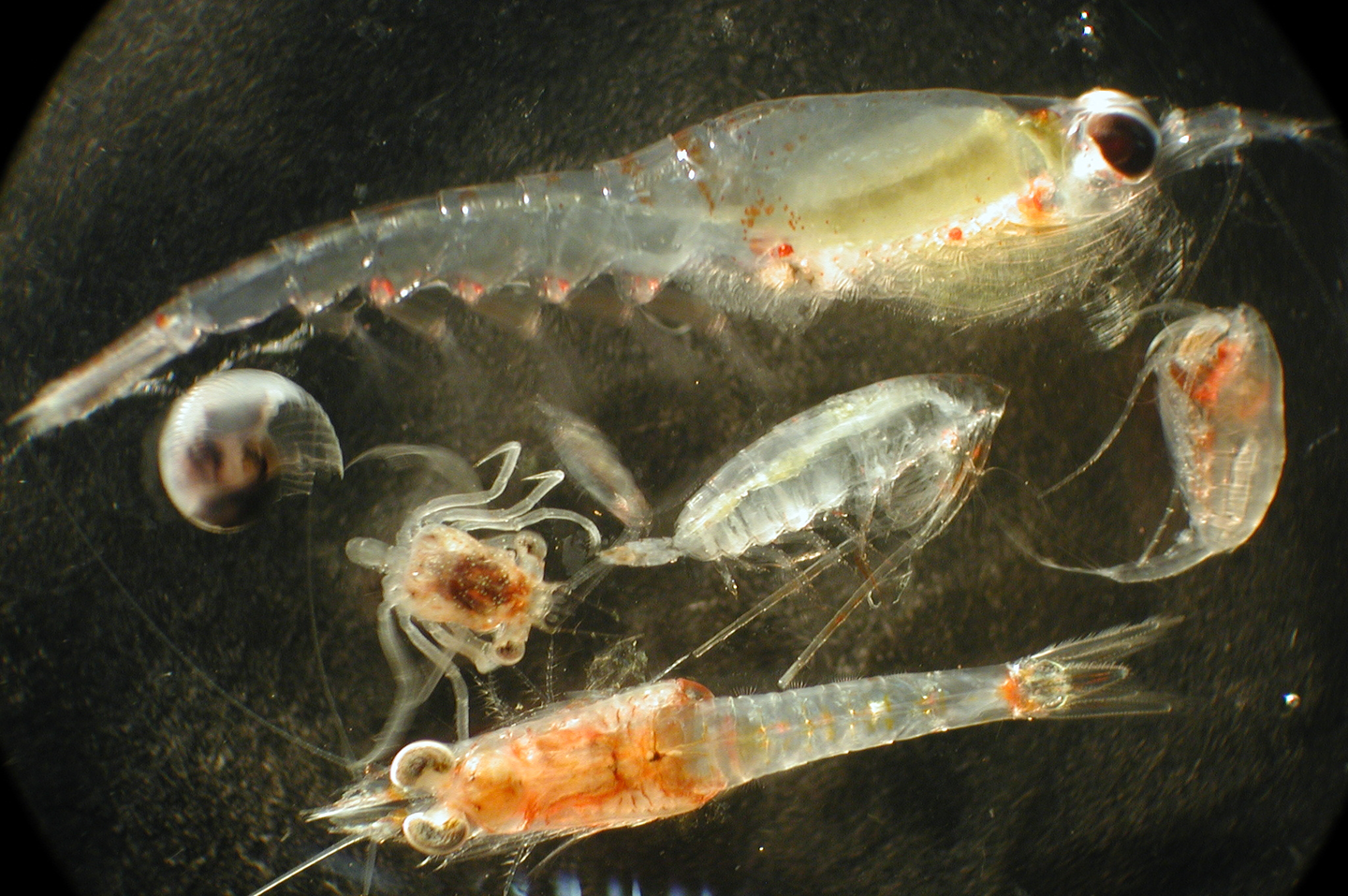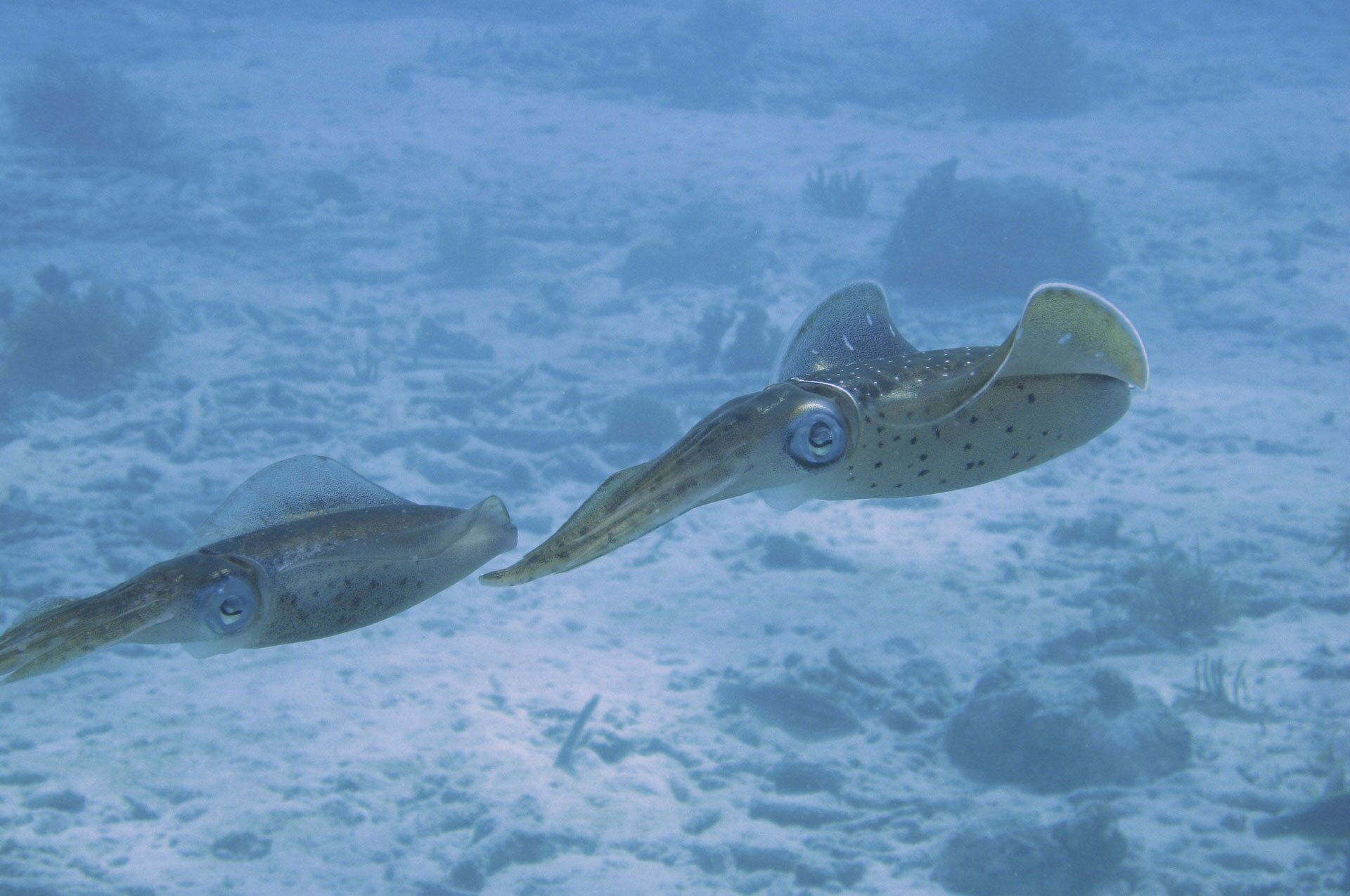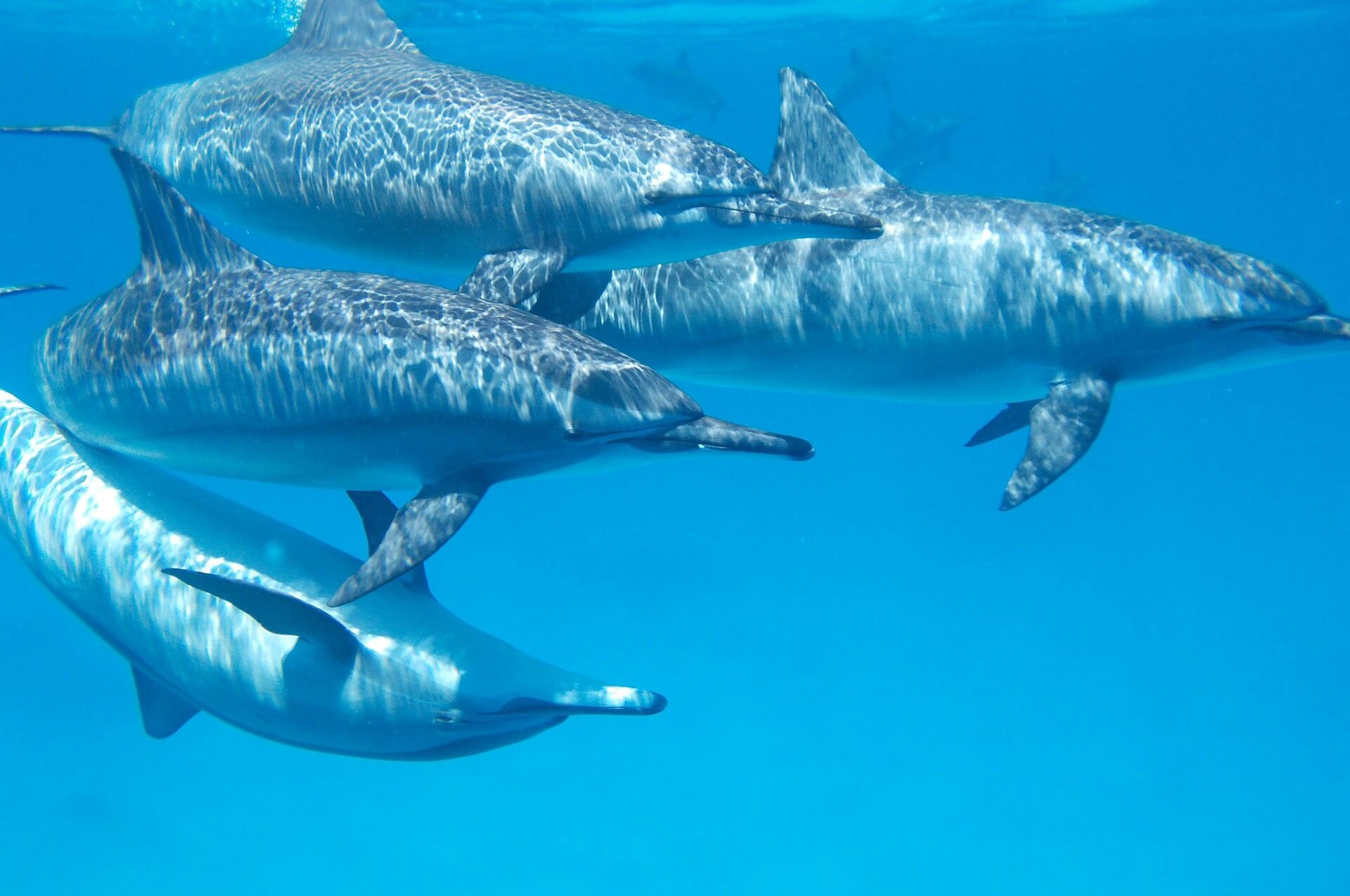In the pelagic zone
how water circulation works in nature;
that there is life in the water;
how natural conditions influence life in the water.
to present the conditions prevailing in the pelagic zone;
to discuss the importance of phytoplankton in food chains;
to recognise animals which inhabit the pelagic zone;
to evaluate the threat to animals of the pelagic zone from excessive fishing.
Nagranie dostępne na portalu epodreczniki.pl
Wysłuchaj nagrania abstraktu i zastanów się, czego jeszcze chciałbyś się dowiedzieć w związku z tematem lekcji.
Living conditions in the pelagic zone
By far the largest part of seas and oceans lie in the pelagic zonethe pelagic zone, separated from the shores. This means that the living conditions for organisms are completely different to those on land, and in the coastal zone. As the water deepens, the living conditions of organisms change significantly. The amount of light decreases, which makes it difficult for organisms which feed via photosynthesis to grow. The oxygen content and water temperature also decrease.
The importance of plankton in ocean food chains
The first link in the pelagial food chainfood chain is phytoplankton. Microscopic organisms float in the pelagic zone to depths, where sunlight still reaches. They are not able to move independently. Phytoplankton is eaten by zooplankton. These microscopic planktonicplanktonic animals have small organs of movement, but even so, they are unable to resist waves or sea currents. Both types of plankton become food for fish, cephalopods and shellfish. These in turn are food for certain birds and mammals. Birds which look for food in the pelagic zone spend most of their lives in the air. They lay eggs on rocky islands where there are no predators and their chicks can remain for a long time without being cared for.
Whales are not fish. They belong to a group of large sea mammals – as do dolphins, or the porpoises which live in the Baltic Sea. That whales breathe through their lungs, and give birth to their young and feed them with milk, testifies to the fact that whales are mammals.
Most world countries recognise the importance of limiting fishing. However, for some of them, such as Iceland or Japan, fishing is a staple food source for their inhabitants. One solution could be to breed marine fish in special farms. They are established at sea, and the fish which are bred there live in special nets, secured to the ocean floor. Thanks to these farms, people gain a source of food without the need to catch fish living in the wild.
Summary
Only phytoplankton ensures the production of organic substances in the pelagic zone.
Zooplankton feed on phytoplankton and become food for other animals.
Most animals living in the pelagic zone of seas and oceans feed on plankton.
The excessive catching of fish and other organisms living in the pelagic zone has caused a reduction in their numbers and threatens them with extinction.
Keywords
the pelagic zone, plankton, the food chain
Match the pairs: English words with Polish definition.
strefa obejmująca odległe od brzegu wody położone pod powierzchnią zbiornika; jest dobrze oświetlona, zamieszkiwana przez plankton i aktywnie pływające zwierzęta, szereg organizmów, z których każdy stanowi pożywienie następnego poziomu troficznego, drobne organizmy, które unoszą się w wodzie i nie potrafią przeciwstawić się jej ruchom.
| plankton | |
| the pelagic zone | |
| food chain |
Glossary
plankton – drobne organizmy, które unoszą się w wodzie i nie potrafią przeciwstawić się jej ruchom.
strefa toni wodnej – strefa obejmująca odległe od brzegu wody położone pod powierzchnią zbiornika; jest dobrze oświetlona, zamieszkiwana przez plankton i aktywnie pływające zwierzęta
łańcuch pokarmowy – szereg organizmów, z których każdy stanowi pożywienie następnego poziomu troficznego



